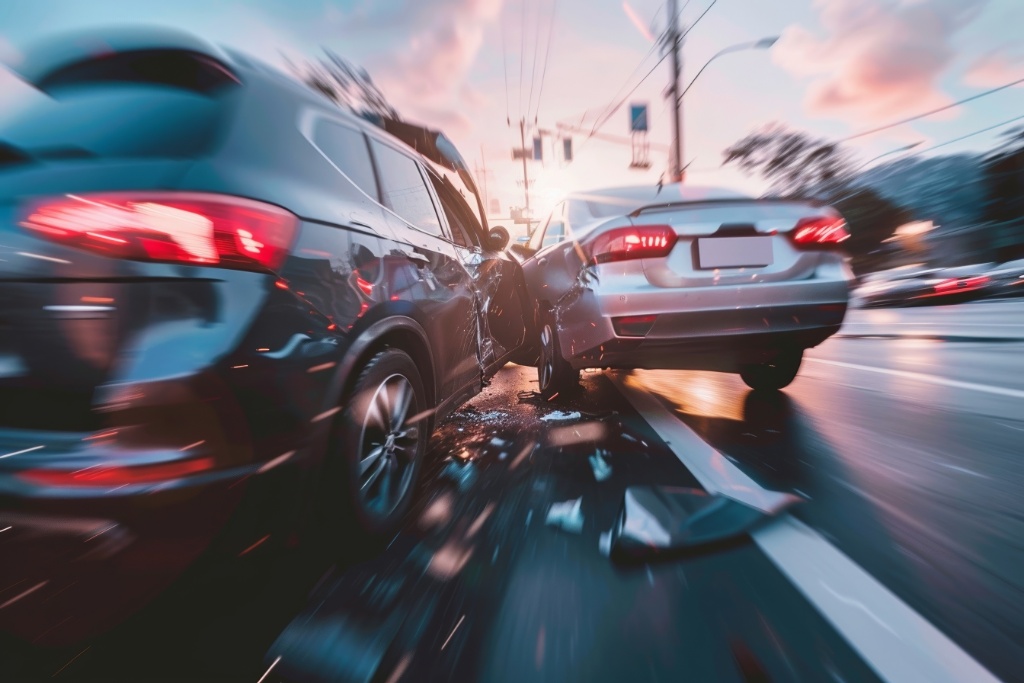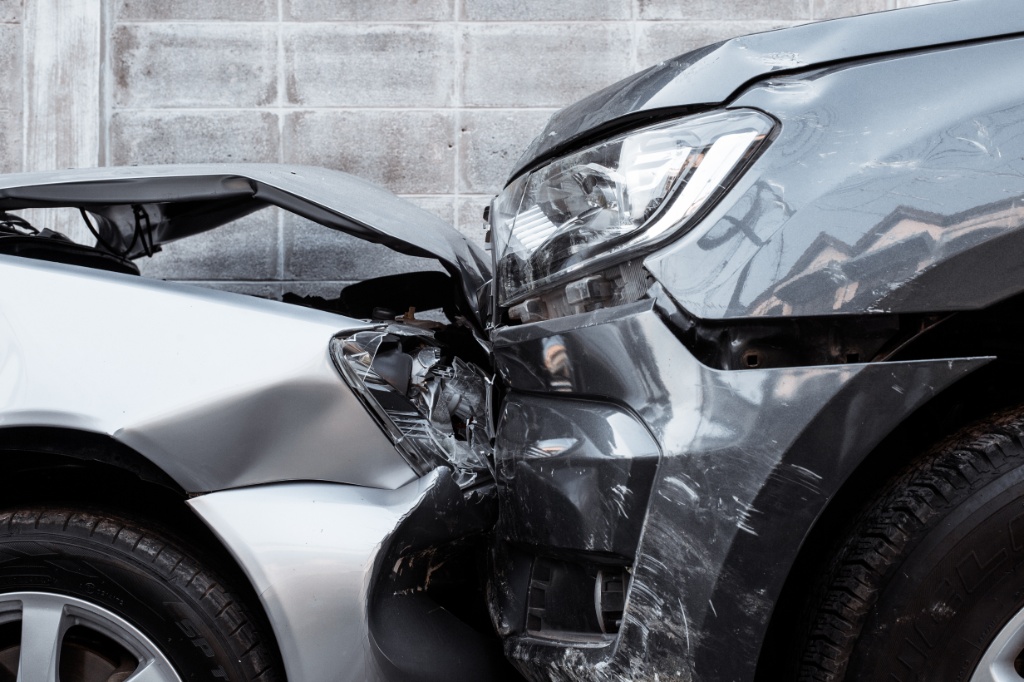January 20, 2014 | car accident Claims
The Perils of Texting and Driving in Ontario
Table of Contents
Texting and driving is one of the most dangerous and prolific forms of distracted driving behaviour in Ontario. This, despite the fact there is a ban on the use of handheld devices while driving, per Ontario Regulation 366/09 under the Highway Traffic Act.
What Ontario Provincial Police Data Reveals About Texting And Driving
Ontario Provincial Police (OPP) cite distracted driving as a factor in roughly 30 to 50 percent of auto accidents in the province. The actual numbers may be higher; OPP believe such accidents are under-reported.
As it stands, the OPP blamed distracted driving for at least 47 traffic deaths that occurred in January through August of 2013. That is in comparison to drunk driving, which caused 32 deaths in the same timeframe.
Startling Texting And Driving (And Other Distracted Driving) Statistics
Safety and traffic experts have taken steps to educate the public about the practical and statistical dangers of texting while driving – plus other forms of driver distraction.
Materials from the Canadian Automobile Association state:
- a driver who texts is 23 times more likely to crash than someone who is paying attention to the road;
- a driver who reaches for an object (such as a cell phone) is nine times more likely to crash;
- a driver who dials on a handheld device is three times more likely to cause an accident; and
- a driver who reads (such as reading an incoming text message) is three times more likely to be involved in a collision.
These statistics are underscored by a 2013 Virginia Tech Transportation Institute study. The findings were released in the Jan. 2, 2014, issue of the New England Journal of Medicine.
The study, titled “Distracted Driving and Risk of Crashes Among Novice and Experienced Drivers,” revealed:
- drivers took their eyes off the road for an average of 23 seconds when texting; and
- text messaging (and browsing the Internet or dialing the phone) took a driver’s eyes off the road for the longest period of time of any distraction.
The study showed novice drivers were less likely to engage in distracted driving behaviours when newly licensed. As they gained experience – between seven and 15 months of driving – they increasingly participated in “non-driving” tasks, such as texting and driving.
Why Driving Demands Your Full Attention
The Ontario Ministry of Transportation urges drivers to devote their full attention to the road by offering the following considerations, which serve as examples of why texting and driving is so dangerous:
- operating a vehicle demands constant calculation of speed and distance;
- driving requires immediate response to other drivers’ actions; and
- driving demands swift recognition of roadway dangers and obstacles.
Even a few seconds of distraction can cause an injury or fatal crash.
What To Do If You’ve Been Injured Because Of A Distracted Driver
You have the right to Accident Benefits in the event of a collision. You also may have the option to sue a negligent driver for additional compensation. Cell phone records and witness testimony may be crucial in proving someone was texting and driving at the time of a crash. Call 1-800-JUSTICE® to learn more during a free case evaluation.
Blog Categories
More car accident Topics
Here’s more information on car accident related topics that we think you might find helpful.

car accident
|
July 21, 2025
Toronto Hit and Run
A hit and run accident in Toronto happens when a driver causes a crash and leaves the scene without stopping to provide information or help…

car accident
|
March 19, 2025
Recognizing Concussion Signs After a Car Crash
The shock of a car crash can be overwhelming. The resulting injuries can be devastating, particularly concussions. Recently, there has been an increasing awareness of…

car accident
|
July 3, 2024
Motor Vehicle Fatalities on the Rise in Canada – 2024 Data Study
Overall Findings: After three decades of decline, the number of motor vehicle fatalities in Canada went up by 6% in 2022 The number of fatalities…
Speak With Our
Legal Team for FREE
Find Out if You Have a Case in Under 5 Minutes
Speak to a Lawyer Now!
We’re here to help.
